As a kid I once found a calculator whose IC was protected only by a loose plastic cover. With the cover removed, and with appropriate lighting, I could make out distinct features of the IC– including company logos– with a simple classroom microscope.
I'm just a lazy enthusiast; I realize that most ICs are more expertly packaged, and I have no interest in milling, dissolving, or chipping away at anything. How uncommon was my childhood discovery anyhow? Are there any well-known integrated circuits I could buy or find that I can gaze at without much hassle?
(In case anyone cares, the calculator I found was a CVS-branded "scientific calculator", model 185371.)

